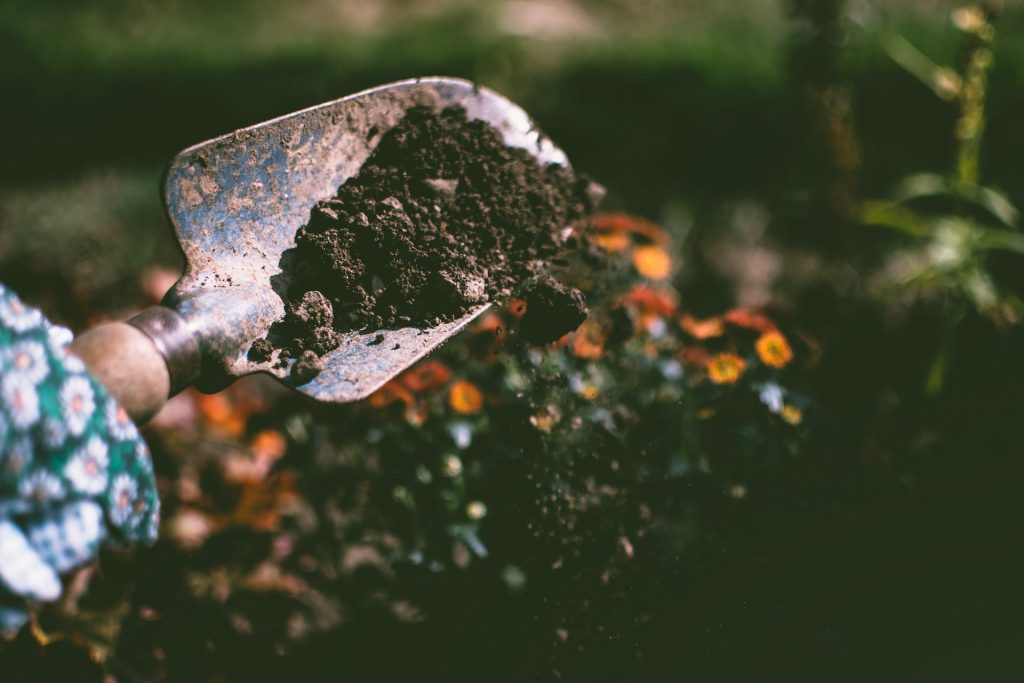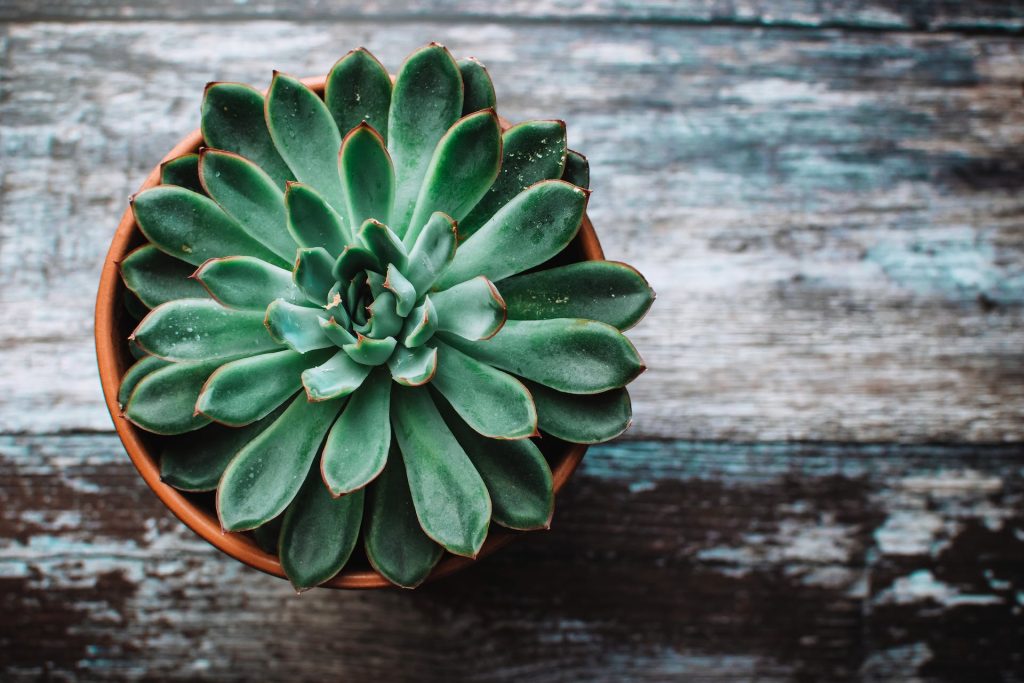Gardening isn’t just a hobby; it’s a rewarding and therapeutic activity that allows you to connect with nature, beautify your surroundings, and enjoy the fruits of your labor. Whether you’re a seasoned gardener or just starting out, these five essential gardening tips will help you cultivate a thriving garden right at home. From proper soil preparation to pest control strategies, these tips cover everything you need to know to create and maintain a flourishing garden oasis.
1- Start with Healthy Soil: The foundation of a successful garden begins with healthy soil. Before planting anything, take the time to assess your soil’s quality and make any necessary amendments. Test your soil’s pH levels using a soil testing kit, available at most gardening centers or online. Most plants thrive in soil with a pH level between 6.0 and 7.0. If your soil is too acidic or alkaline, you can adjust it by adding amendments such as lime to raise the pH or sulfur to lower it.
In addition to pH, ensure that your soil is well-draining and rich in organic matter. Incorporating compost, aged manure, or other organic materials into your soil can improve its structure, fertility, and water retention capabilities. Healthy soil provides essential nutrients and a hospitable environment for plant roots, leading to stronger, more resilient plants and bountiful harvests.

2- Choose the Right Plants for Your Climate and Space: Selecting the right plants for your garden is crucial to ensure their success and longevity. Consider factors such as your climate, sunlight exposure, and available space when choosing which plants to grow. Research the specific requirements of each plant, including their preferred growing conditions, water needs, and mature size.
If you’re gardening in a small space or container garden, opt for compact or dwarf varieties of plants that won’t outgrow their surroundings. Similarly, choose plants that are well-suited to your local climate and weather patterns to minimize the risk of disease, pests, and other environmental stressors. By selecting plants that thrive in your area, you’ll set yourself up for gardening success and enjoy a beautiful and resilient garden year-round.
3- Water Wisely and Efficiently: Proper watering is essential for maintaining a healthy garden, but it’s crucial to water wisely and efficiently to conserve water and prevent waterlogging. Water your plants deeply and infrequently rather than shallowly and frequently to encourage strong root growth and drought tolerance. Aim to water your garden in the early morning or late afternoon to minimize evaporation and ensure that the water reaches the roots where it’s needed most.
Use a soaker hose, drip irrigation system, or watering can to deliver water directly to the base of your plants, avoiding wetting the foliage whenever possible. Mulching around your plants with organic materials like straw, wood chips, or shredded leaves can help retain moisture in the soil, suppress weeds, and regulate soil temperature. Be mindful of signs of overwatering, such as yellowing leaves or waterlogged soil, and adjust your watering schedule accordingly to maintain optimal soil moisture levels.

4- Practice Integrated Pest Management (IPM): Dealing with pests and diseases is an inevitable part of gardening, but it’s essential to approach pest management in a way that’s effective, environmentally friendly, and sustainable. Integrated Pest Management (IPM) is a holistic approach to pest control that emphasizes prevention, monitoring, and intervention strategies to minimize the use of chemical pesticides.
Start by promoting a healthy garden ecosystem by providing adequate sunlight, water, and nutrients to your plants. Encourage natural predators like ladybugs, lacewings, and birds to help control pest populations. Monitor your garden regularly for signs of pests or diseases, such as chewed leaves, wilting plants, or unusual spots. If intervention is necessary, consider using natural remedies like neem oil, insecticidal soap, or homemade botanical sprays to target specific pests while minimizing harm to beneficial insects and wildlife.
5- Embrace Continuous Learning and Experimentation: Gardening is a journey of discovery, experimentation, and lifelong learning. Don’t be afraid to try new techniques, plant varieties, or gardening methods to see what works best for you and your garden. Keep a gardening journal to track your successes, challenges, and observations throughout the seasons, allowing you to learn from your experiences and make informed decisions in the future.
Take advantage of online resources, gardening forums, and local gardening clubs to connect with fellow gardeners, share knowledge, and seek advice when needed. Attend workshops, classes, or gardening events to expand your skills and stay up-to-date on the latest gardening trends and practices. Above all, embrace the process of gardening with curiosity, patience, and a sense of wonder, knowing that each season brings new opportunities for growth, beauty, and abundance.

With these five essential gardening tips, you’ll be well-equipped to create and maintain a thriving garden right at home. By starting with healthy soil, choosing the right plants, watering wisely, practicing integrated pest management, and embracing continuous learning and experimentation, you’ll cultivate a beautiful and bountiful garden oasis that brings joy, beauty, and nourishment to your life and surroundings. So roll up your sleeves, grab your gardening tools, and let the gardening adventure begin!



